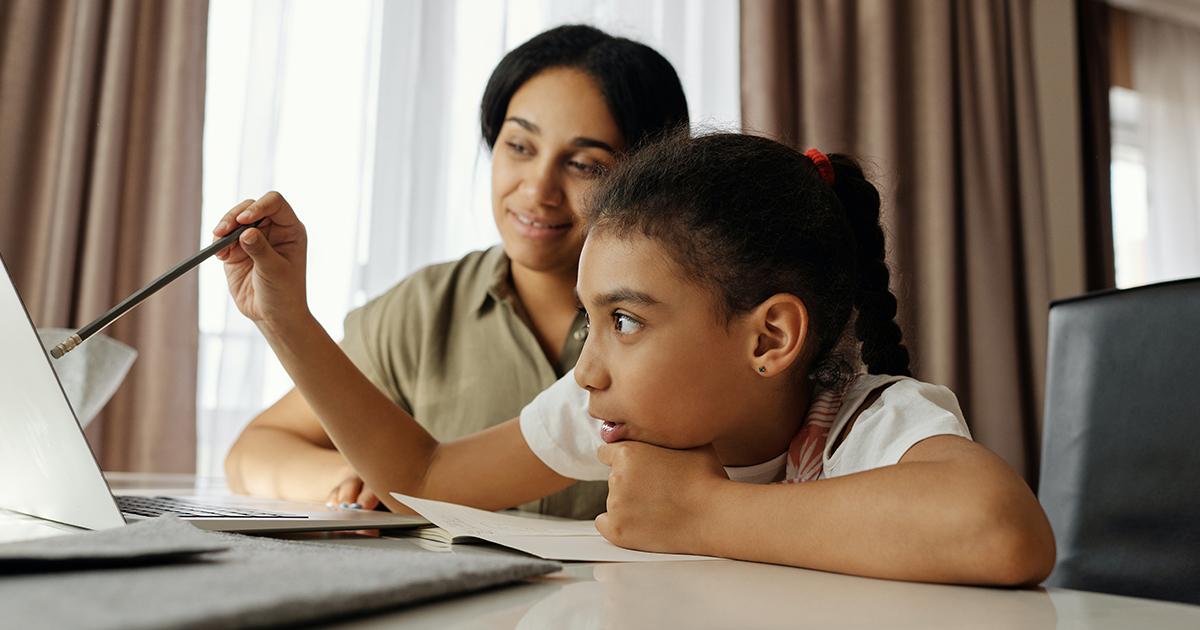e-Learning News

Parents Guide:
Cyber Safety At Home
In the classroom, a key teaching strategy that teachers use when developing a new skill is to model a skill and then that build up a student's capacity in that area. For digital use in the home, parents have the perfect opportunity to consistently model responsible and safe digital habits to their children. Over time this modelling will build the capacity of their children and create positive digital habits. The Cyber Safety Project has come up with these quick cyber safety tips for parents to implement in their households in order to develop and maintain safe online behaviour.
Monday Monitoring – use every Monday as a day to check in with your children on their online habits. The games they are playing and how they are interacting with their peers. This conversation will soon become a habit and provide you as a parent with great insight and all the children with an opportunity to flag any concerns or questions.
“If they have it, you should have it.” – We see this as a blanket rule when it comes to knowing how your child is using a device. While many games and applications have similar social networking characteristics, knowledge of how the work gives you, the parent, a far greater understanding of any potential dangers.
Read Up – Knowledge is power – The landscape of the digital world and how we use it changes constantly. If your children are using social media or on a device you need to stay current. Check out our blog at www.cybersafetyproject.com.au for regular updates.
“Let’s be mates” – if your child is 13 and starting to use social media, a non-negotiable should be that you are to “follow’ and or be “friends” with them. If they know you’re seeing what they post they will always think twice before doing so.
Influencers – A large part of the appeal of many social media accounts for children is that they get to watch and view the content of popular “influencers”. Have conversations and check who they are following and the content those people are producing. You don’t want negative “influencers” influencing your child.
Here are some helpful resources you can implement at home with your children!
Headphones
A reminder to students from Years Prep-6 to bring a pair of headphones to school. This will mean students will be able to listen to and access audio material presented during independent activities across the school day.
Stef Poropat
e-Learning Leader

